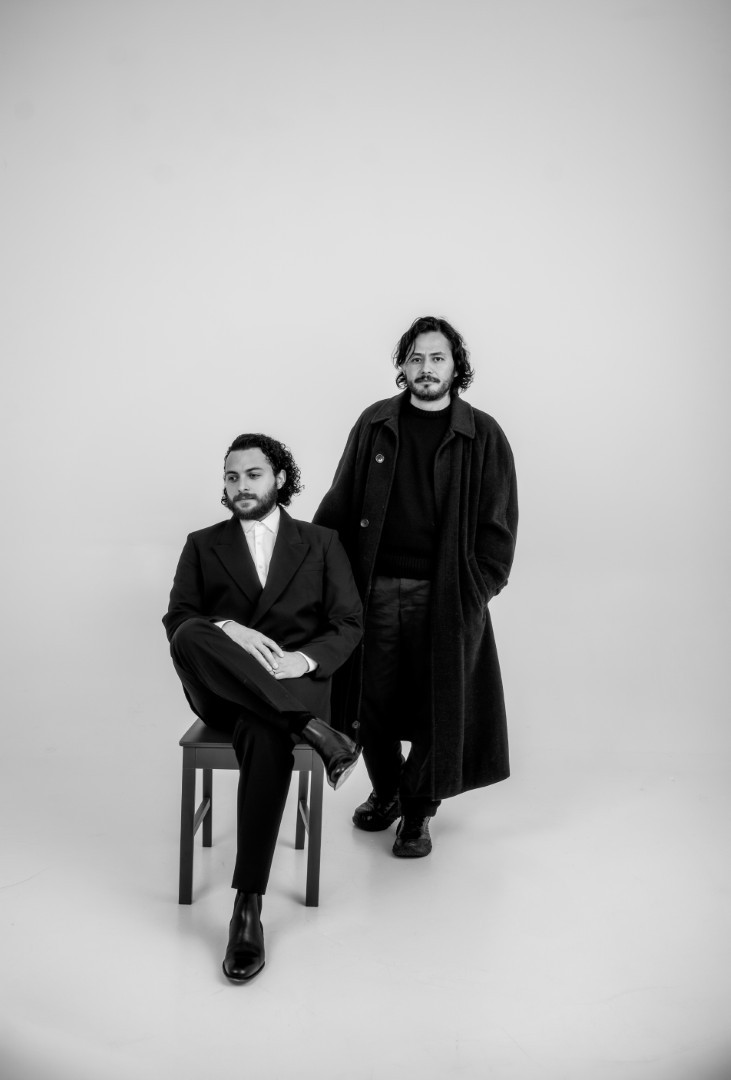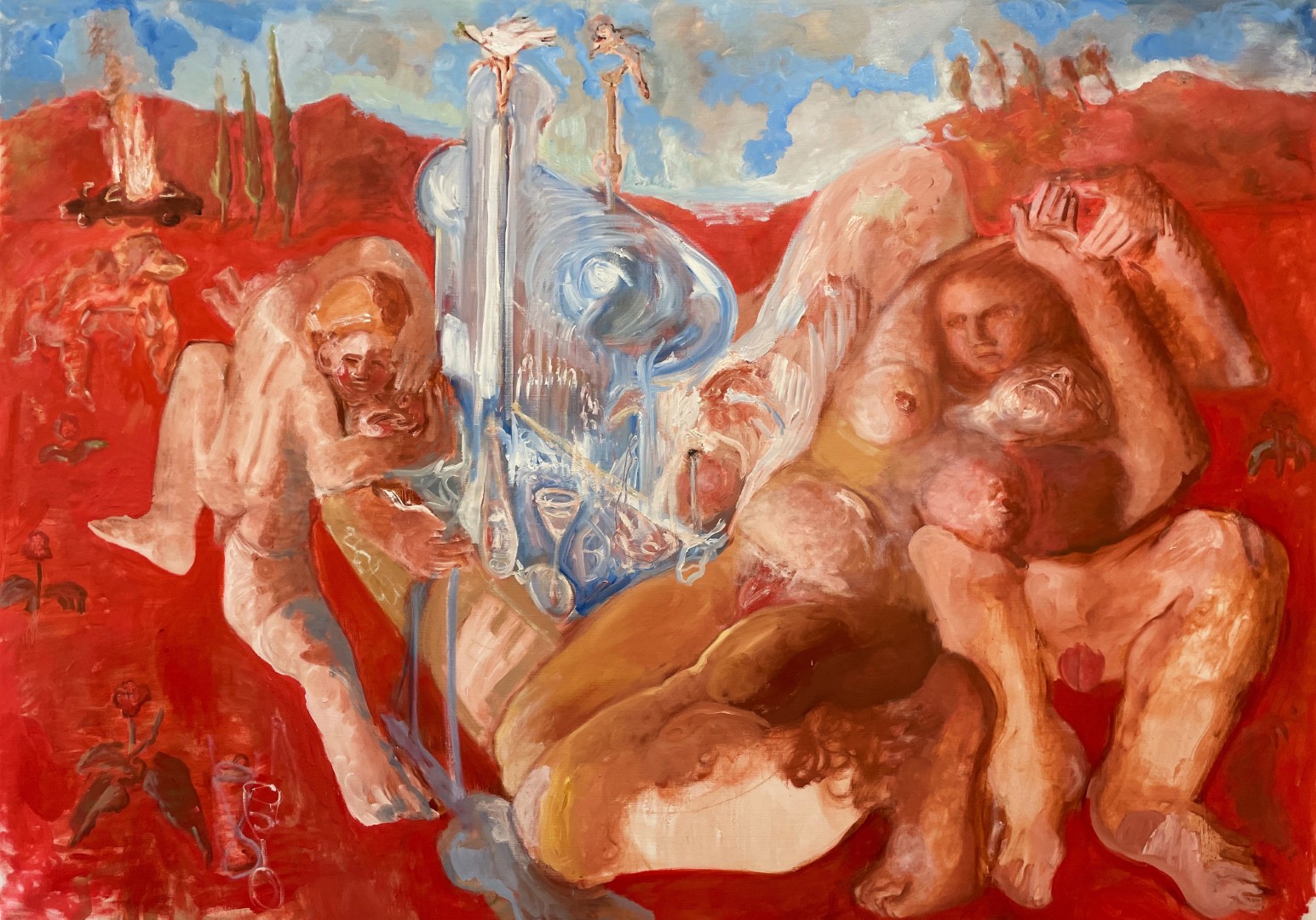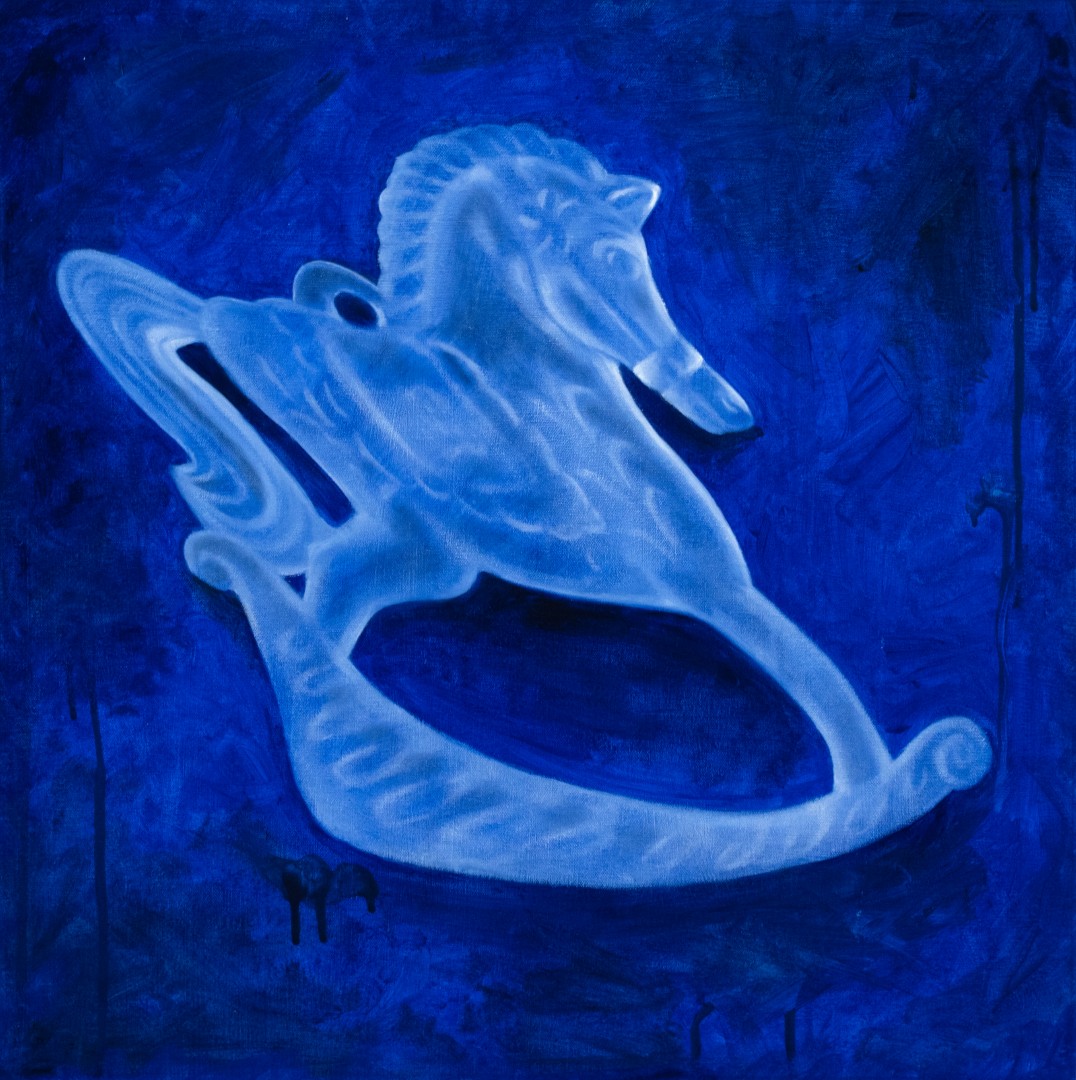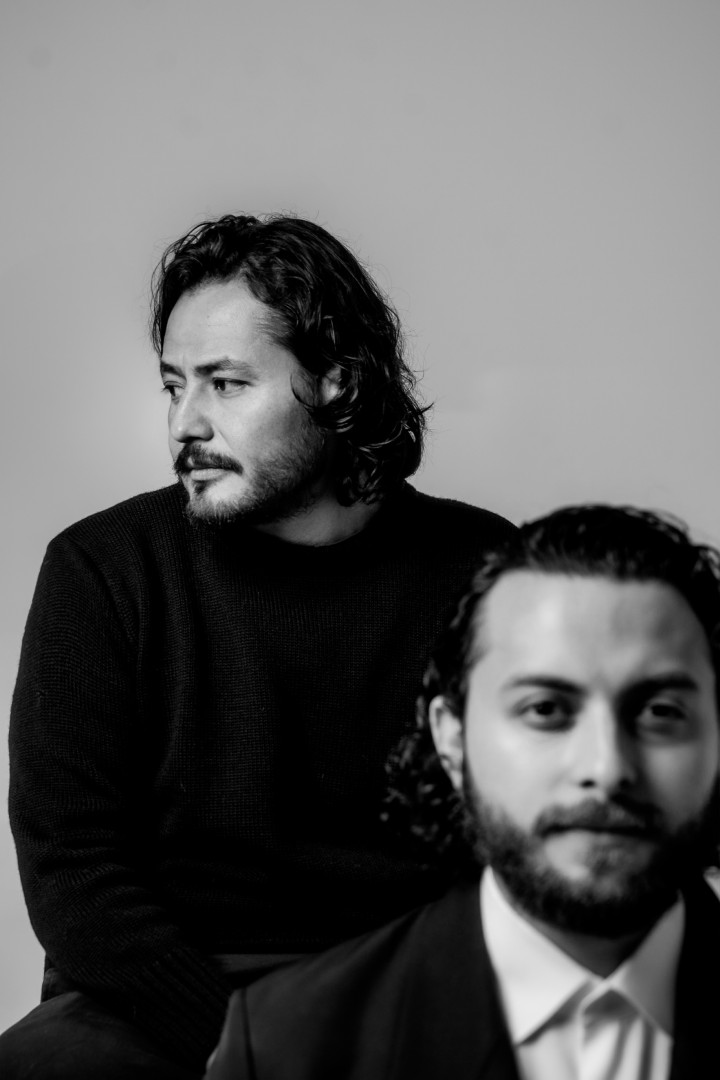Alday Hunken Gallery founders on Disrupting the Traditional Gallery Model and the Future of Curation
Alday Hunken Gallery

Alday Hunken Gallery is redefining what contemporary curation looks like, from Mexico City to Atlanta to Miami, and beyond.
Led by founders Vai Jong Hunken and Alfonso Alday Vergara, the gallery champions underrepresented artists, innovative material practices, and a philosophy they call “hypercuration” – an approach that adapts each exhibition to the environment that best amplifies the work.
As they prepare to debut their new exhibition All Is Red at Scope Art Show Miami (December 2-7), we sat down with the duo to discuss their journey, their family partnership, and what’s ahead for 2026.
FAULT: What moment sparked the idea for Alday Hunken Gallery?
Vai: Alfonso and I worked on a project about 12 years ago. Later it turned into something in Mexico City. When he moved back to Atlanta, which was closer to me, we kept talking, and at the same time I was closing my gallery in Mexico City. We decided to partner and keep the same values, just with a bi-city model. It felt like a natural step forward, especially in promoting young artists outside their own countries. I was also very interested in artists who were moving away from the expected canons of Mexican art. I always felt those voices deserved to be shown in a different context.
Alfonso: As Vai said, the idea for Alday Hunken traces back to the project we worked on years ago. Even then, I felt we had a balance that was quite rare, and I knew I wanted to work with him again.
In April 2024, I went to an art show in Atlanta and felt something stirring in the scene. There was a sense of possibility, a feeling that the city was ready for a different kind of gallery experience. I called Vai straight away. He was finishing the project he had been directing, and it felt like the right moment for us to build something together. From that point, the vision came quite naturally. We wanted to address representation disparities, build bridges, broaden access to art, and rethink the traditional gallery model through hypercuration. That became the foundation of Alday Hunken Gallery.

Growing up in Mexico City, what early experiences shaped your relationship to art?
Vai: I didn’t grow up in the “art world” at all. I grew up in the construction and kitchen supplies industry. I worked from a very young age, and I was always pulled toward aesthetics. Movies were my first real introduction to art. Later I played music and got into the art and design industry.
I had the chance to travel when I was young, and seeing certain “masterpieces” changed everything for me. Mexico City is such a vibrant place, and some of the murals at the SEP left a huge mark on me. My mom was really intentional in nurturing my creativity and sensitivity. Living in Mexico means you’re surrounded by artistic expressions, maybe not the Eurocentric kind, but something freer. Sometimes I even feel it was freer back then now that I’m in the “industry.”
Alfonso: Growing up in Mexico City, art was never something separate from daily life. I went to the theatre, the opera, the symphony, all the formal places one usually associates with culture, yet in Mexico City those experiences feel almost supplementary. The city itself carries its own pulse. Art lives in its streets, in the way people move, in the colours and sounds that shape each day, and in the constant presence of a colonial history that still defines so much of who we are.
Still, the moment I could tell art would always be part of my life was when I went to Bellas Artes to watch my first opera “Love Elixir”. I was six and still I remember how I was overwhelmed by the music, the production, and the feelings that were being brought out in all of us. It is almost impossible to grow up in Mexico City without falling in love with art. It is simply woven into the place and into the people.
You both speak often about supporting underrepresented voices. Why was this mission non-negotiable from the start?
Vai: Why wouldn’t it be? I never saw the point in pushing artists who already have representation or who fit into what a few gatekeepers approve. I’ve always been drawn to the edges of things, and that’s where art becomes more interesting.
Alfonso: We were both brought up by strong, independent and intelligent women. From a young age we were taught to use our voices, to recognise where there are gaps, and to address those gaps not as a gesture but as a responsibility. Representation disparity remains one of the most pervasive issues in the art world, and it was impossible for us to ignore it. For me, it felt essential to confront it directly from the very start.

“Hypercuration” is such an interesting concept. How did you first arrive at this idea?
Vai: It came when I closed my previous project. Traditional spaces, museums, and galleries often feel static. I wanted something more experiential, something architectural, something closer to a film than a line of works on a wall. Honestly, I was bored. Financially, it also makes more sense for an emerging gallery. I wanted art to feel accessible, not only in price but in how it fits into your life. It’s not easy financially, but we’ve done it by partnering with brands and other spaces.
My other project, Trastienda Machete, was basically an experiment in this direction. It was a store and an exhibition space, sometimes a workshop, sometimes a solo or group show. A space can do so much. Now imagine if the space itself becomes dynamic.
Alfonso: Vai has been shaping this concept for many years, and I always sensed there was something remarkable in it. When he showed me a documentary on Margiela and I saw how he executed fashion shows in the outskirts of Paris, it struck me with real force. It revealed just how bold and quietly revolutionary Vai’s vision truly is.
Do artists approach you differently once they understand how fluid your model is?
Vai: At first, many artists feel like their work needs to “belong” somewhere to be considered art. But with emerging artists, I think it’s actually the space, the collectors and the clients who need to find them. That was hard at the beginning. We all imagine the “successful” characters in the art world and want to look like that at some point, but that’s a trap. I always remember something my dad said: Do you want to be the tail of a lion or the head of a mouse? Right now I’m comfortable being the head of a mouse. It gives me space. It gives me freedom.
Are there challenges in the traditional gallery model you want to change?
Vai: So many I can’t finish listing them. When I started consulting for my first gallery job, the first thing I did was raise salaries and give social benefits. It was so precarious for everyone, including the artists. It was hard to keep up, but I preferred doing what I felt was right, or doing it myself. I still do a lot myself so we can support more artists and maybe one day be more comfortable…or maybe not. It doesn’t bother me.
I wanted to change how we understand the space, and we’re doing that.
Right now there’s a strong energy of “no more fairs, no more galleries.” I understand it, but I also think it’s just another shift. I wish people took more risks and invested in younger artists. Sometimes it hurts to see the prices of certain works and think: with just a fraction of that you could do so much for the arts. I can’t even finish this answer. Maybe I just want kinder relationships in the art world. That would already be a good start.

You’re family and business partners. How would you describe your dynamic?
Vai: It works because we have different skills and approaches. Mostly, we try to support each other instead of pushing our own ideas. So far it’s been good.
Alfonso: I have to agree with Vai, we balance our skills and have clearly defined roles. While we always take into consideration each other’s opinions, we defer to the other one for specific issues. At first it was tricky to address disagreements precisely because we are family but it became clear that that is our key strength so now we lean into overcommunicating and trying to understand each other.
You split your work namely between Mexico City and Atlanta, two very different art ecosystems. What have you learned from bridging those cultural landscapes?
Vai: It’s both interesting and challenging. I mostly worked in Mexico and with Latin American artists, so entering the U.S./Atlanta ecosystem meant learning fast.
The cultural environment in Atlanta, and in the U.S. in general , feels very community-oriented and supportive. Understanding public taste has been challenging because it’s more diverse and less academically shaped. People express themselves more freely and support each other more consistently.
In Mexico, it can be the same artists, same galleries, same circle, it’s harder to find a community, and personal efforts easily dissolve into everyone pulling their own way.
Artists in both places share a similar mindset, but their languages and materials shift according to their background and ideas. I’ve been trying to work through universal concepts, letting the artworks find common ground through materiality and visual language rather than politics or economics.
Sometimes placing two “apparently different” works together reveals how much they share, but you only see it when they coexist.

You’re exhibiting All Is Red at Scope Art Show this year. What makes this exhibition feel right for an international stage like Miami, and what do you hope visitors take away from it?
Vai: I titled the series All Is Red because it speaks to an inner intensity, emotional, perceptual, atmospheric. I also wanted the curation to reflect the artists’ personalities. Emerging painters are still forming their language, and I wanted to hint at how who they are, as I’ve met them , quietly surfaces in the work.
In that sense, we’re similar. We’re all carrying something raw and urgent inside. Red.
I hope visitors feel the nonconformity of these artists and the need they have to express themselves. And that there’s still space for ideas to find themselves, collide, or become something unexpected. It’s all red.
After such a full year, what excites you most about 2026?
Vai: I want to co-curate more closely with the artists. We want to work more personally with them this year — more individual visions, more solo shows.
And, finally: what is your FAULT?
Vai: Probably thinking that most of my faults are actually my virtues. It doesn’t always work out, haha!
Alfonso: Once I set myself on an execution path, I find it very difficult to stop pushing everyone towards reaching it. I imagine Vai sees my name on his phone and rolls his eyes from time to time. I am working on it…